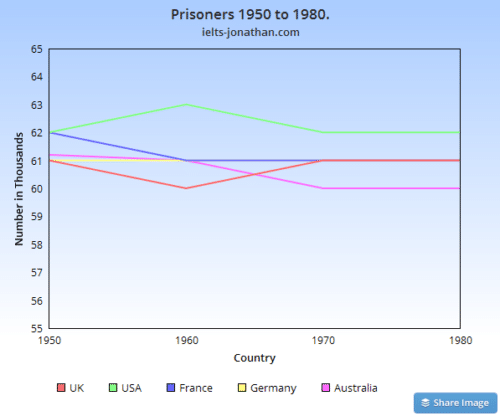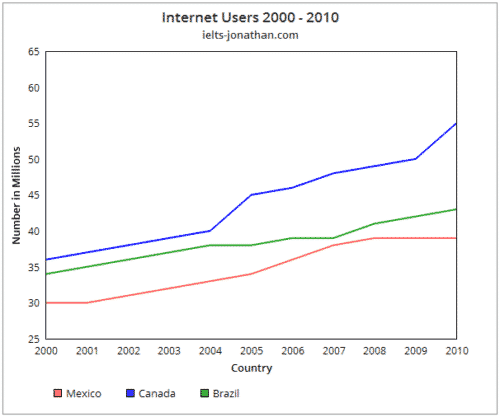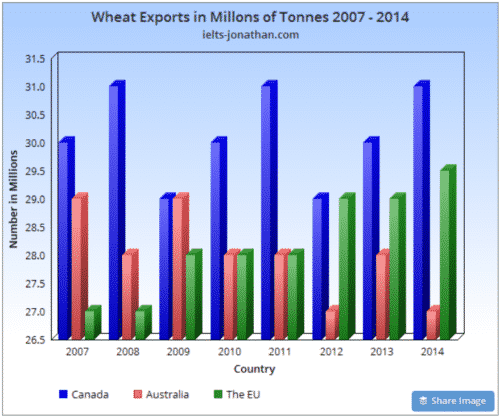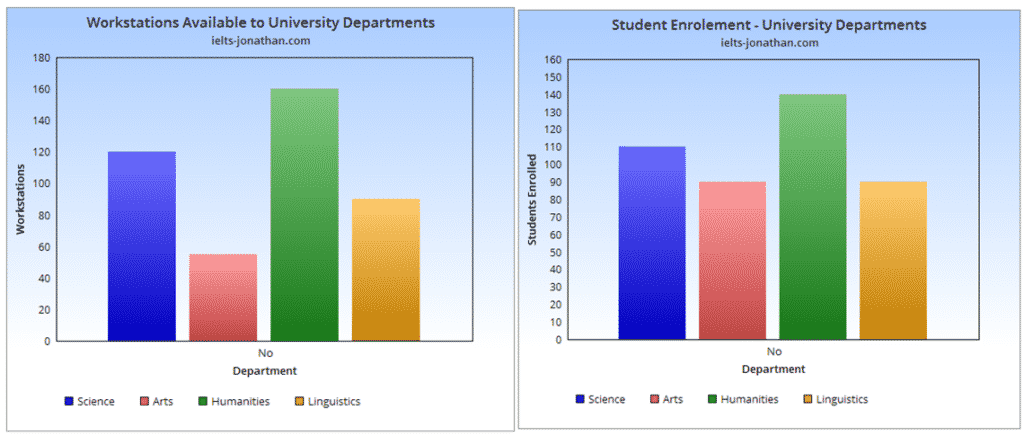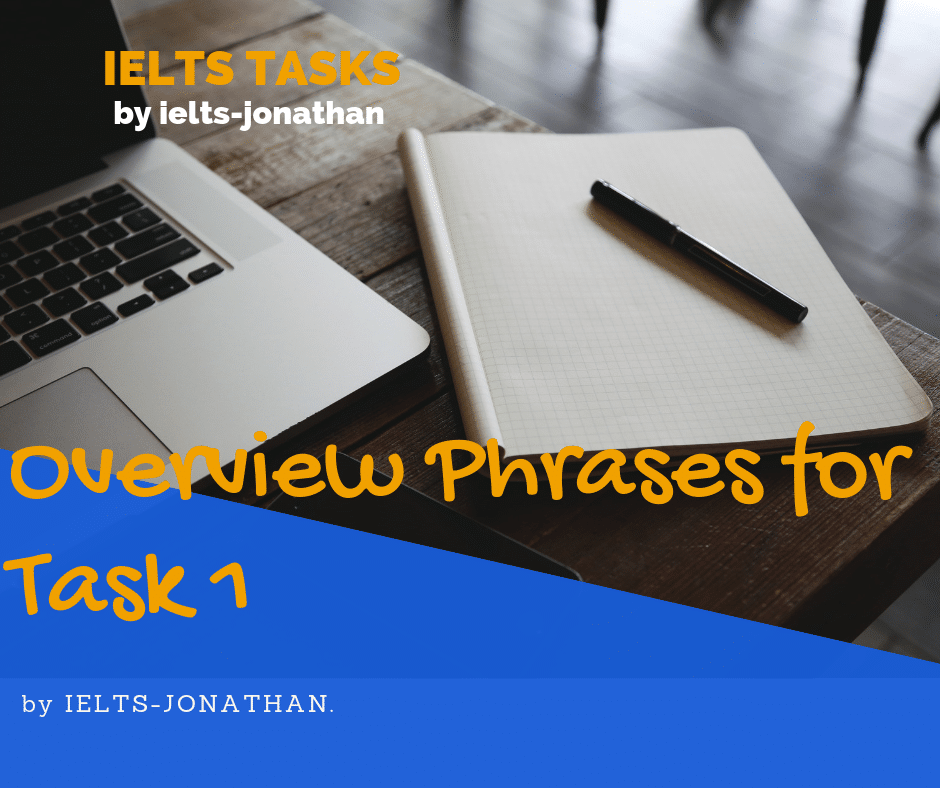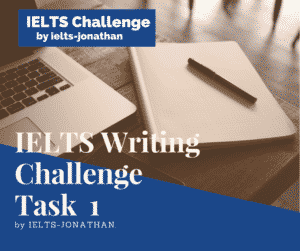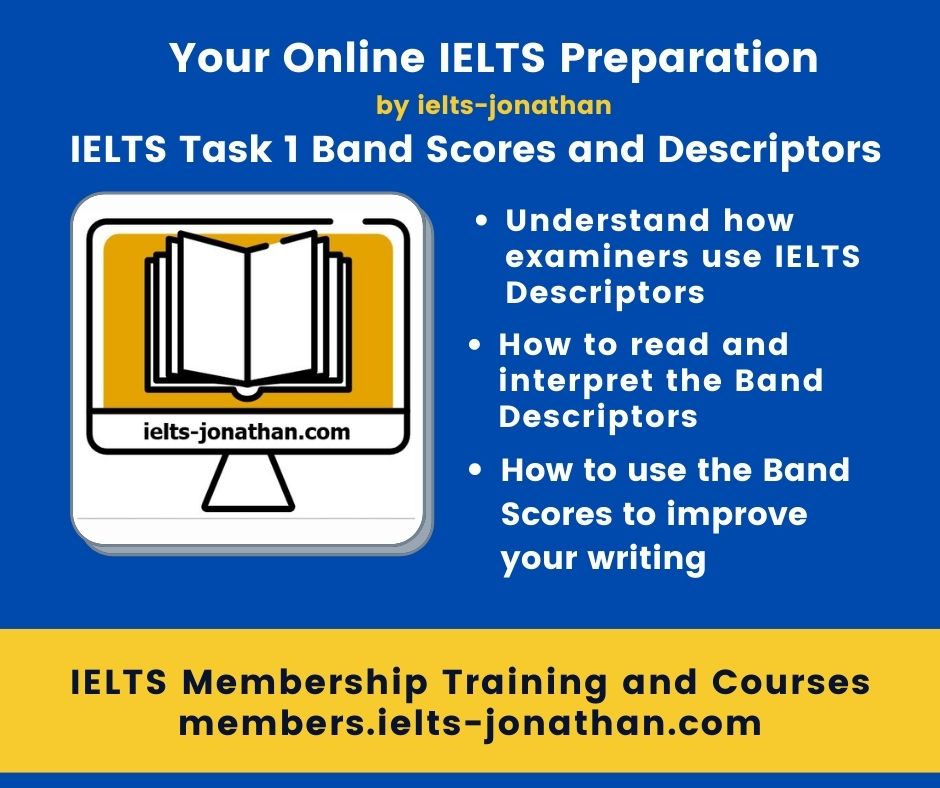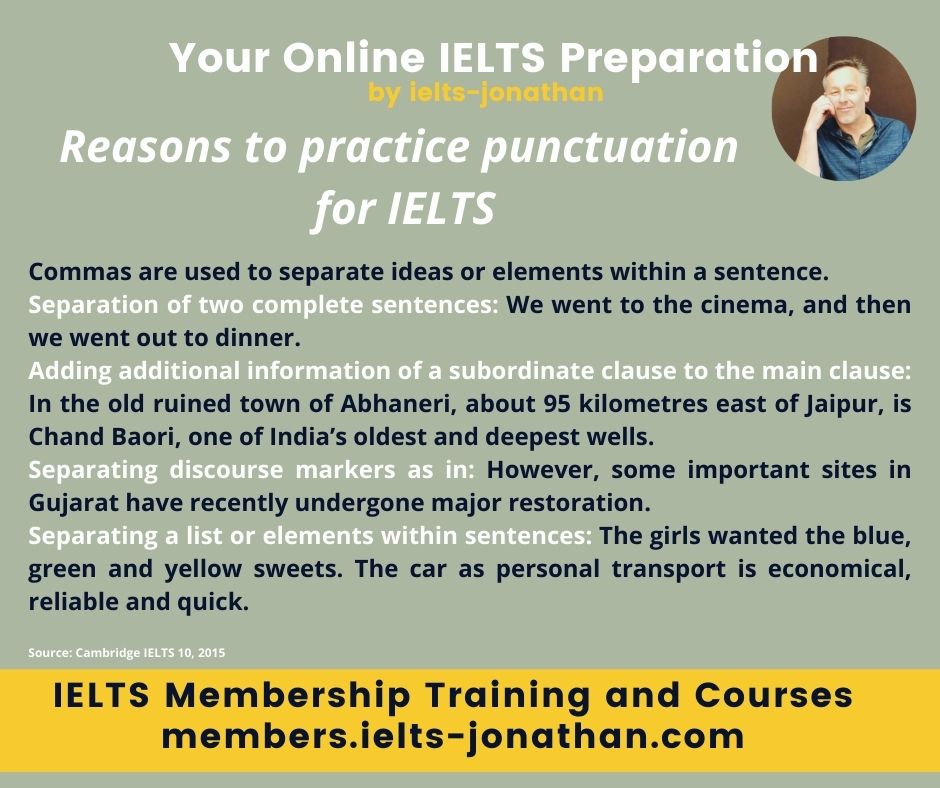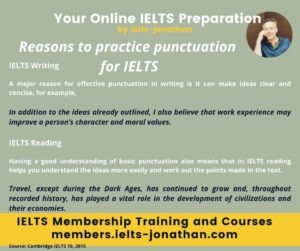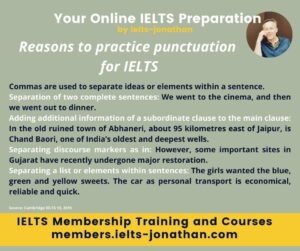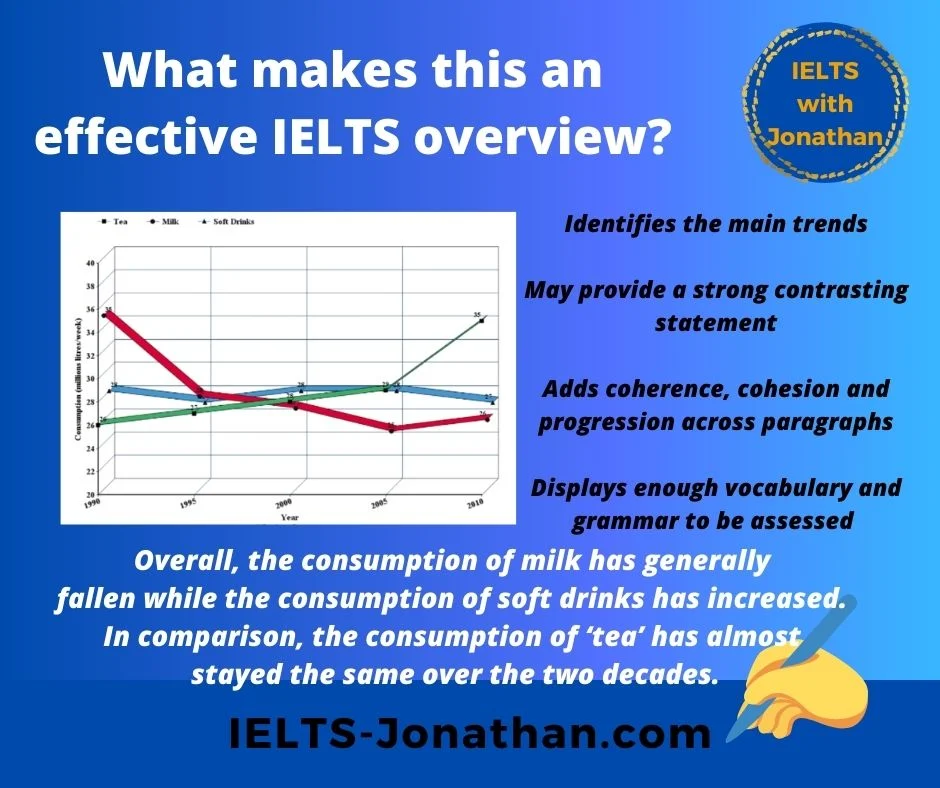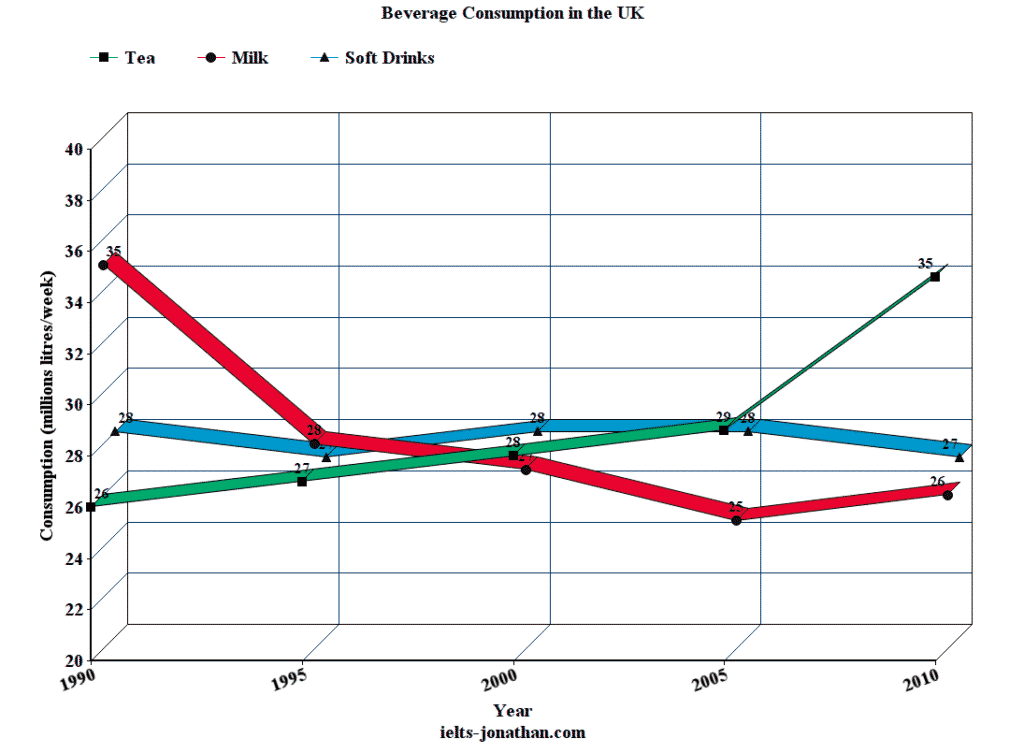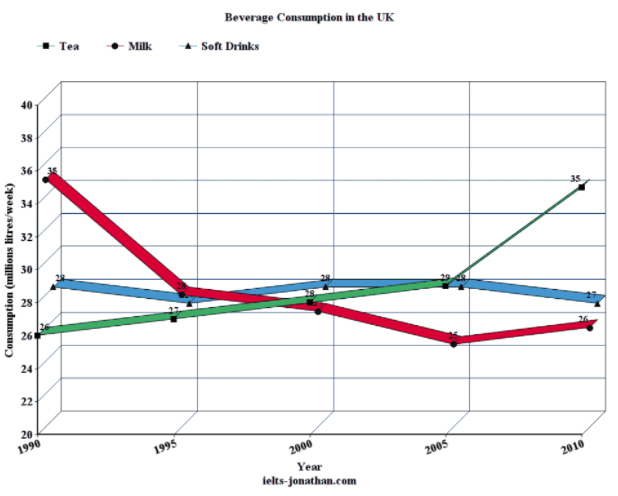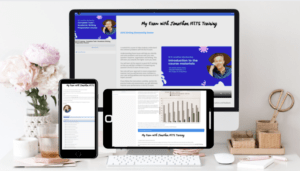How to use Conditional Sentences in IELTS
Understanding and using conditional sentences will make your language more ‘complex’ and will allow you to talk and write about more complicated ideas.
As you understand the possible meanings and functions of conditional sentences, it will also help your understanding in the IELTS reading and listening test.
In this lesson, we will go through the basic meaning and grammatical construction of the common conditionals to gain an overview.
The lesson after this will deal with particular examples of each conditional type in IELTS and there is a chance to practice what you know.
The good news is that although learning the concept of English conditionals might not always be easy, once you have mastered it, it is not easily forgotten. 🙂
Conditionals – The Basics
Conditional sentences always have two clauses, a condition and a result.
Here’s an example:
If + clause (condition) + clause (result)
or
Clause (result) + if + clause (condition)
Got it?
Don’t worry, it will become clear that a clause is another way of saying ‘a part-sentence’, specifically a group of words with a subject and a verb.
The First Conditional
The first conditional has a present simple clause after ‘if’, then the future simple in the other clause:
- if + present simple, … will + infinitive
It’s used to talk about things which might happen in the future.
We usually don’t know what will happen in the future, but this is a useful way to talk about things which could easily come true, or we might try to predict.
If a country’s population increases dramatically, more hospitals and schools will be needed.
If cases of obesity increase, more food education in schools will be required.
First of all, try to match the two clauses that make sense:
- If I earn enough money,
- If the sun shines,
- If I study IELTS today,
- She‘ll be late for her meeting,
- If I’m invited to the wedding,
- She‘ll miss the coach,
- If I see her during the day,
- I‘ll rent a larger flat.
- I‘ll buy some new shoes.
- if the plane is delayed.
- if she doesn’t leave
- I‘ll tell her
- I will go to the beach.
- I’ll study less tomorrow.
First and Zero Conditional
The first conditional describes what happens in a particular situation, whereas the zero conditional describes what happens in truth or in general.
For example:
(zero conditional): if you sit in the sun, you get burnt (here I’m talking about every time a person sits in the sun – the burning is a natural consequence of the sitting in the sun)
But (first conditional): if you sit in the hot, blazing sun, you will get burnt (here I’m talking about what will happen today, another day might be different)
Zero Conditional
Zero conditionals describe information that is true or are facts.
- if + present simple, + present simple
Often if introduces the conditional but other phrases such as when or whenever can be used.
Nowadays when we travel long distances, we usually use air travel/travel by air.
If taxes are increased, it usually raises consumer prices and lowers consumption.
When public transport costs are lowered, passenger numbers often increase and car journeys decrease.
First vs. Second Conditional
The first conditional describes things that I think are likely to happen in the future, whereas the second conditional talks about things that I don’t think will really happen.
The likelihood of something that is going to happen is subjective as it depends on my point of view.
For example:
(first conditional): If she studies the grammar more, she’ll pass the entrance exam (I think it’s possible she will study more and so she’ll pass)
But (second conditional): If she studied the grammar more, she would pass the entrance exam (I think that she won’t study more, or it’s very unlikely, and so she won’t pass)
2nd Conditional
2nd conditionals describe impossibility in the future or things I think won’t really happen?
- if + past simple, … would + infinitive
Examples:
If tobacco products were banned tomorrow, smoking related diseases would decrease dramatically.
Cases of alcohol related diseases would decrease dramatically, if the consumer cost of alcohol was raised.
First vs. Second Conditional vs. Third Conditional
The first conditional describes things that I think are likely to happen in the future, whereas the second conditional talks about things that I don’t think will really happen. In contrast, the third conditional talks about situations that happened but we imagine if the situation was different.
For example:
(first conditional): If she studies the grammar more, she’ll pass the entrance exam (I think it’s possible she will studymore and so she’ll pass)
(second conditional): If she studied the grammar more, she would pass the entrance exam (I think that she won’t study more, or it’s very unlikely, and so she won’t pass)
(third conditional): If she had studied the grammar more, she would have passed the entrance exam. ( it is clear that she didn’t study the grammar, because she has not been allowed to join the school)
3rd Conditional
These describe past actions when we wish something hadn’t happened or imagine the situation was different to what it is.
It refers to a past situation and uses the past perfect tense construction in one clause: had + past participle.
- if + past perfect, … would + past participle
An example:
If governments had invested more in electric car technology in the 1890s, society might not be so dependent on oil.
Conditional Clauses in general IELTS
If the cost of healthier options to junk food remains high, people will not buy it.
Remember that conditional clauses can be very useful to speculate about past, present or future situations.
This is something that you often need to do in Task 2 IELTS writing.
For IELTS preparation, it is a good idea to practice writing clauses that describe an action in the main clause that can only take place if a certain condition is met.
This can make your writing more complex but more importantly help you present and argue complex ideas.
‘Increasing taxes usually raises prices and lowers consumption. If higher taxes for plastic use were introduced then supermarkets would pass on these prices to consumers and this would lead to people being less able to afford the fresh food that’s typically wrapped in non-recyclable plastic. If the cost of healthier food becomes expensive for most people, they will less likely buy it and turn to less healthier processed foods that are high in fat, sugar, or salt.’
If you need to study conditionals further, the British Council have lots of activities on using English conditionals and you can test yourself here.
Answers
- If I earn enough money, I‘ll rent a larger flat.
- If the sun shines, I will go to the beach.
- If I study IELTS today, I’ll study less tomorrow.
- She‘ll be late for her meeting, if the plane is delayed.
- If I’m invited to the wedding, I‘ll buy some new shoes.
- She‘ll miss the coach, if she doesn’t leave.
- If I see her during the day, I‘ll tell her.
Next Lesson: Zero Conditionals and IELTS 🙂
Aspects adapted from Perfect English Grammar
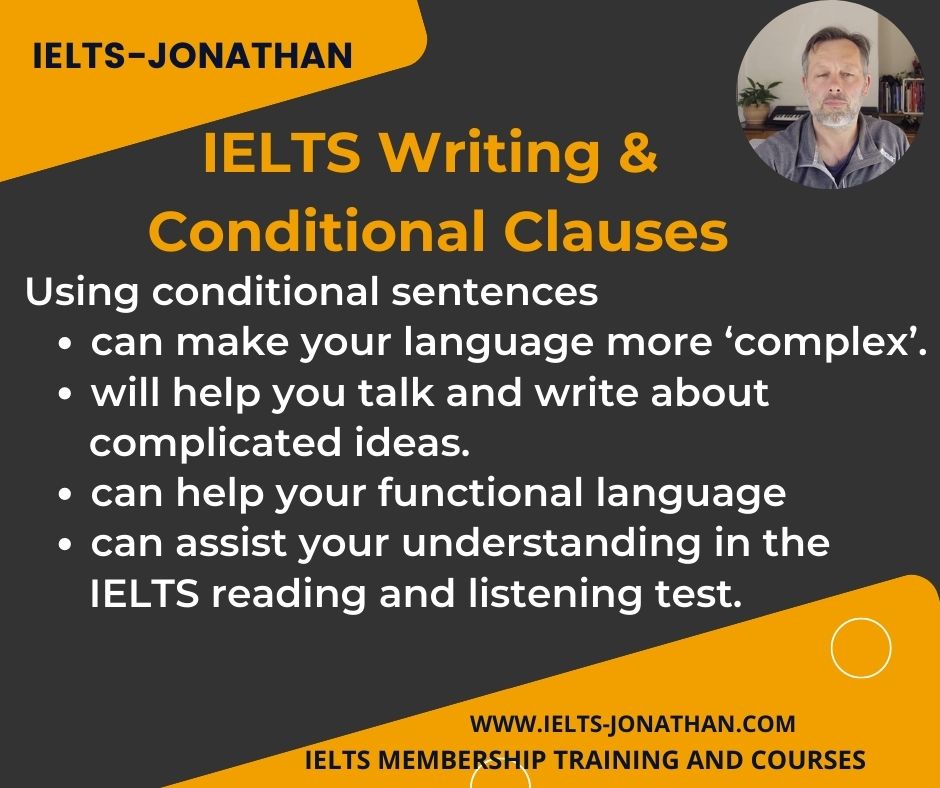

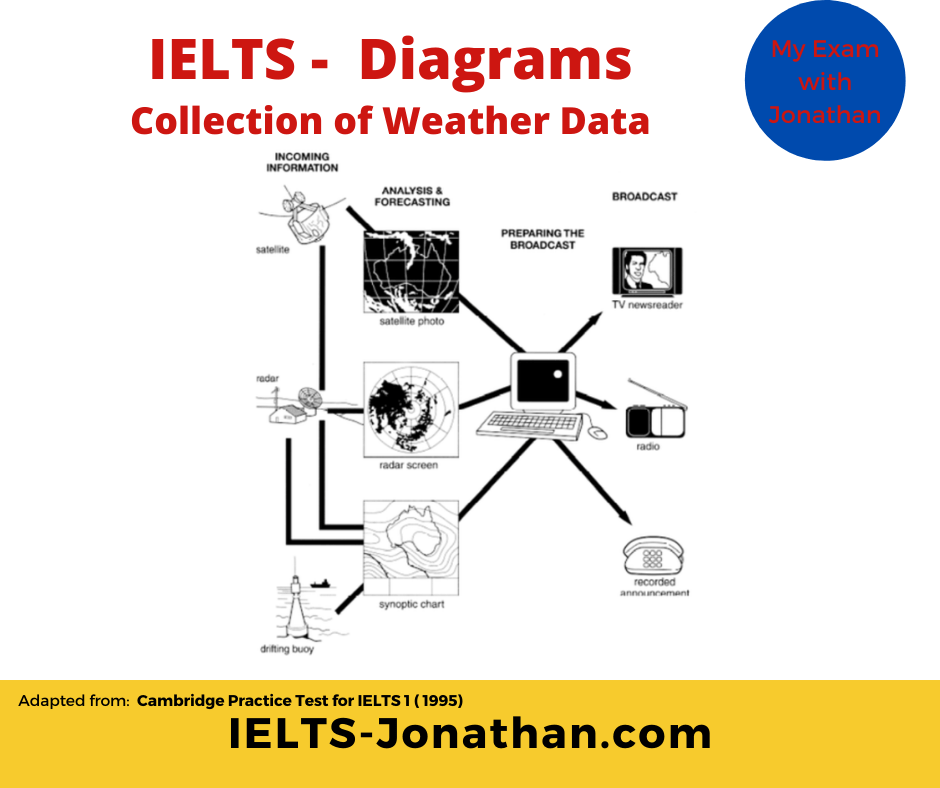
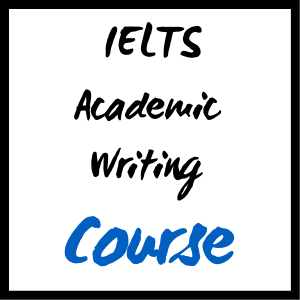



 Step One
Step One